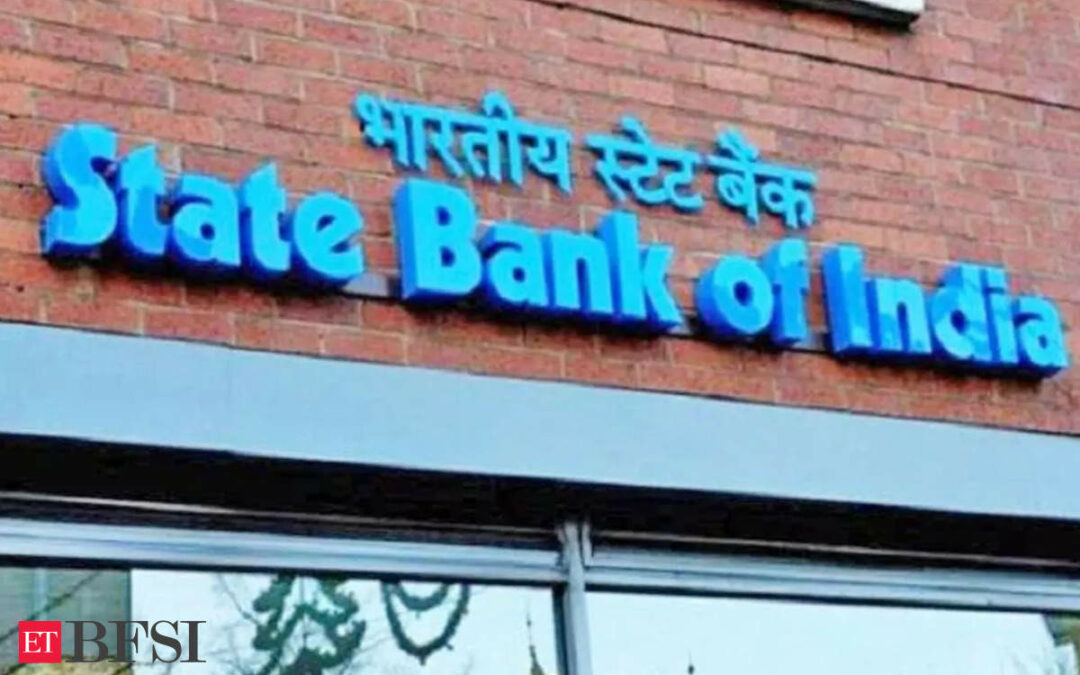The State Bank of India’s economic research team has said that the ongoing competition for deposits could extend, potentially leading to a paradox of higher deposit rates even amidst impending rate cuts. This scenario, according to the team, arises from the non-uniform tax treatment of bank deposits compared to other asset classes, as deposits are taxed on an accrual basis.
“We could thus witness a paradox of higher deposit rates even when rate cuts start to happen.. this could significantly impede policy transmission… RBI needs to innovate on liquidity management,” SBI Research said.
It said that …downward rigidity in deposit rates could open up a pandora’s box in RBI rate easing cycle as and when it happens.
“Given the greater instability to CASA deposits with the advent of walletization, apps / IMB (Internet & Mobile Banking) and UPI sweeping the payment landscape, time deposits too have been showing a shift to shorter duration (up to 3 years) as despite banks rising the deposit rates handsomely, the returns do not get commensurate to yield on other risky asset classes…given the unfavorable tax treatment and application….this could be antagonistic to banks’ endeavour to pass on the lower lending rates uniformly to all borrowing cohorts going forward as and when the Central Bank induces the rate cuts,” SBI Research said.
It highlighted the risk to monetary policy transmission, suggesting that the Reserve Bank of India (RBI) needs innovative strategies for liquidity management. The SBI Research proposed making the Cash Reserve Ratio (CRR) a countercyclical policy tool to address these challenges, pointing out that while borrowing costs for India Inc. are decreasing, evidenced by a decline in the Weighted Average Lending Rate (WALR), deposit rates are on the rise.
Rate easing cycle hurdles
This situation could hinder the RBI’s rate easing cycle due to the rigidity of deposit rates.
The share of low-cost CASA deposits has declined to 39-40% of domestic deposits, down from 44% in 2021-22. This decline is expected to squeeze banks’ net margins and prompt the repricing of deposit books. Banks have also increased the issuance of certificates of deposits (CDs) to mobilise funds.
It said that the unfavourable tax treatment of bank deposits could hinder banks’ ability to uniformly pass on lower lending rates, especially when the central bank implements rate cuts. Higher deposit rates pose a challenge to banks’ asset-liability management (ALM) and profitability, particularly given the significant capital requirements for economic growth and climate-related investments.
“The deposit rates may remain suspended in higher echelons imposing a challenge on banks’ ability to manage their ALM prudently (and optimal profitability plough back), especially given the humongous capital requirement to fund the economy on the upmove and the climate related transitions that warrant significant milestone based investments, frontloading some to counter the carbon taxation,” it said.
As of July 12, 2024, RBI data showed that deposit growth for all scheduled banks stood at 11% year-on-year, lagging behind credit growth at approximately 14% year-on-year.











